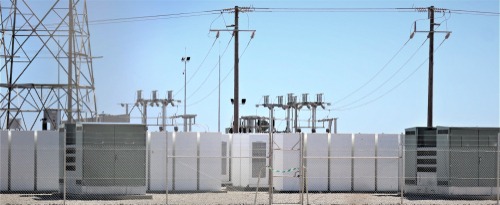U.S. large-scale battery capacity rose 35 percent in 2020

According to a new assessment from the United States Energy Information Administration (EIA), Battery Storage in the United States: An Update on Market Trends, U.S. battery power capacity has surged, growing 35 percent in 2020 alone, tripling in the last five years, and promising larger growth by 2023.
Spurred by new battery energy systems associated with solar projects, the growth brought the nation’s capacity to 1,650 MW at the end of 2020. Yet going forward, the EIA reported that utilities plan to install more than 10,000 MW of additional large-scale battery power capacity through 2023. It’ll be a monumental surge if it goes through, amounting to approximately 10 times the nation’s total battery capacity in 2019.
While the growth of solar may be the shot in the arm for batteries, five states are currently bearing the most load. California hosts the largest share of battery capacity, with 506 MW — or 31 percent of the current national total. Texas, Illinois, Massachusetts and Hawaii are the others, each hosting more than 50 MW of capacity. All together, those five states accounted for 70 percent of the U.S. total as of December last year.
In terms of energy capacity, which represents the total amount of energy a battery system can store, the U.S. capacity grew 30 percent by the end of 2019, reaching 1,688 MW hours.
Yet it’s not just large-scale operations experiencing growth currently. Small-scale storage — with power capacities of 1 MW or less — also continues to expand, especially in California. In 2019, the U.S. had more than 400 MW of total small-scale offerings, although California accounted for 83 percent of this capacity.
